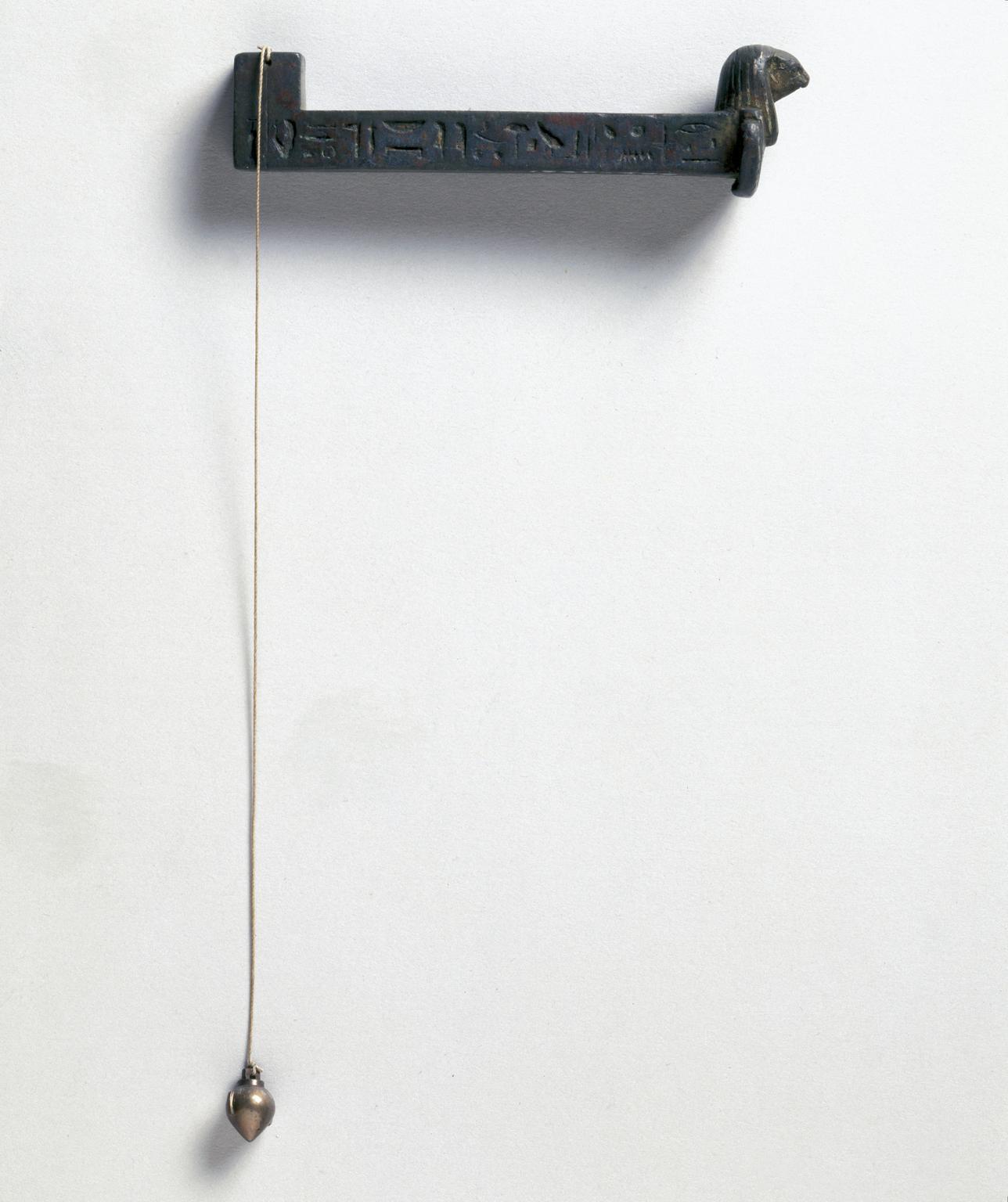In the realm of ancient Egyptian technology, the merkhet stands out as a remarkable example of precision and ingenuity. This ancient timekeeping instrument, also known as an “instrument of knowing,” was used primarily for astronomical observations and aligning architectural structures. Through its innovative design and application, the merkhet showcases the advanced scientific understanding of the Egyptians. This article delves into the fascinating details of the merkhet, its uses, and its significance in ancient Egyptian society.
The Design and Function of the Merkhet

The merkhet was a sophisticated device designed for night-time timekeeping and astronomical observations. Its primary function was to measure astronomical alignments with impressive accuracy. The device was essentially an L-shaped plumb bob, mounted on a holder that was aligned with a cleft staff. The plumb bob, hanging from the short vertical arm of the L-shape, enabled precise measurements of straight lines.
A key feature of the merkhet was its ability to gauge alignments to within less than an inch of perfect accuracy. This precision was crucial for making accurate astronomical observations and for various surveying tasks, including maintaining a straight line during construction.
The Merkhet and the Bay

Historical texts and temple engravings from the Egyptian temples of Dendera and Edfu provide insight into the use of the merkhet. These sources reveal that the merkhet was often used alongside another instrument called a bay. The bay, made from a specially cut palm rib with a sliced “V” shape at one end, served as a sighting tool.
Together, the merkhet and bay were instrumental in determining true North. To operate the merkhet effectively, two of these instruments were required: one aligned with Polaris, the North Pole star. The alignment of the merkhets with this star allowed for precise measurements and time estimation.
Applications in Timekeeping and Construction

By observing the transits of certain stars as they crossed the meridian and aligned with the merkhets, ancient Egyptians could estimate time with remarkable accuracy. This process involved setting up the merkhets properly and using the bay for sighting.
Beyond its role in timekeeping, the merkhet played a significant part in the construction of temples and tombs. Its ability to achieve precise alignments made it a valuable tool for ensuring that architectural structures were built according to specific celestial orientations. Many existing merkhets are displayed in museums with Egyptian artifact collections, and numerous works of Egyptian art depict their use.
Conclusion
The merkhet exemplifies the ingenuity and scientific prowess of ancient Egyptian civilization. As a sophisticated timekeeping and surveying instrument, it demonstrates the Egyptians’ advanced understanding of astronomy and engineering. Its design, functionality, and applications reflect a society deeply engaged with the cosmos and committed to precision in both their scientific endeavors and architectural achievements. Today, the merkhet continues to capture the imagination of historians and archaeologists, offering a glimpse into the remarkable technological achievements of ancient Egypt.
